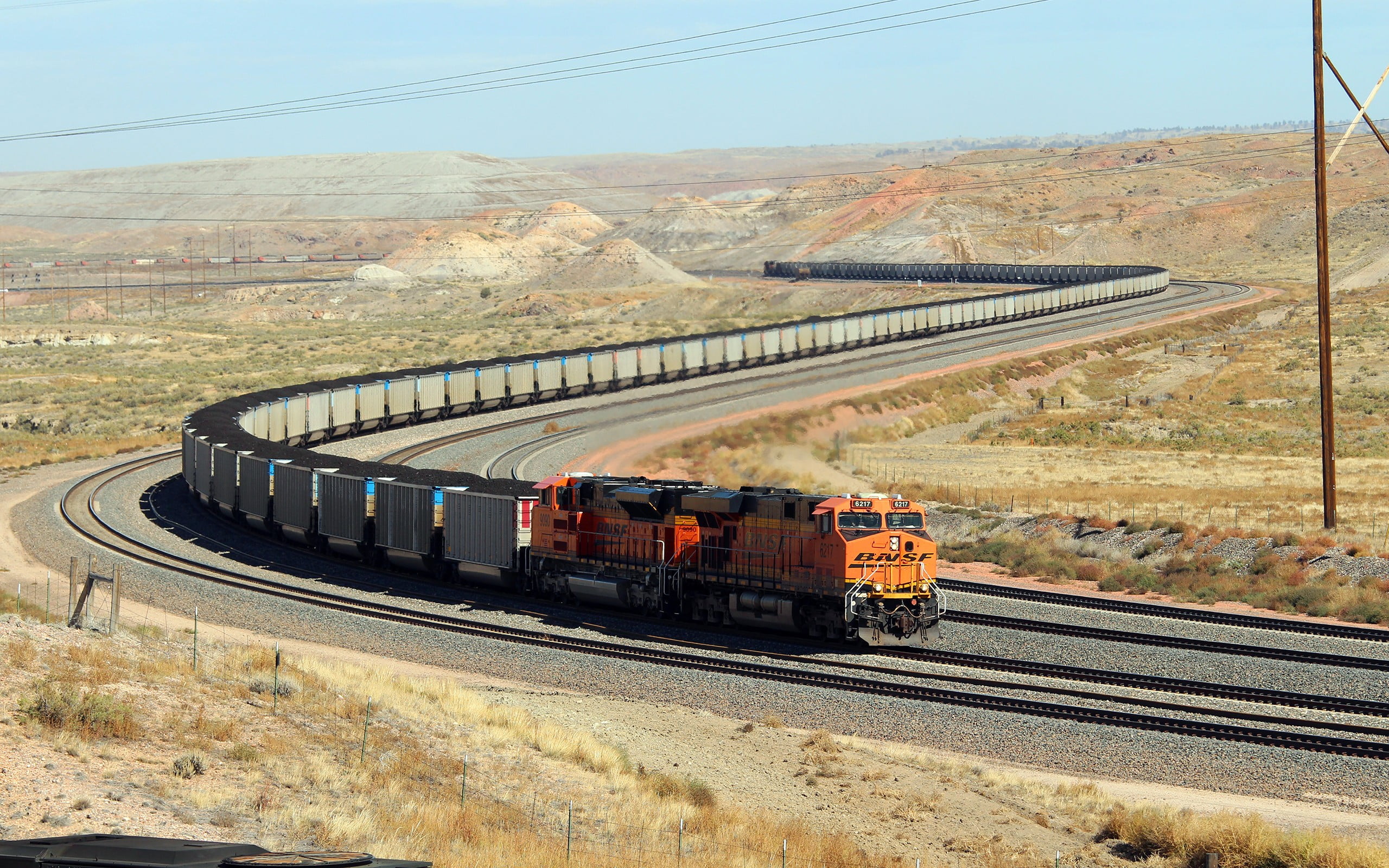DTDC Track

Import/export of commodities and materials is mostly accomplished through ports, harbors, and waterways. Almost all of our shipping, with around 95% of the total volume, travels via our ports. In 2010, the ports assisted in the export of $460 billion worth of commodities and the import of $940 billion worth of goods. The US has more than 300 commercial ports, which process 2,3 billion tons of freight annually, and more than 600 other smaller ports. Despite being mostly OK, terminals will need more investments, as the Panama Canal is undergoing an extension that is expected to be completed in 2015. As the size of commercial ships is growing, many ports are already inaccessible with shallow waterways. Only more ports can benefit from the trade boom from servicing the new, larger ships, which will quadruple the number of large cargo ships in service at the moment when the canal expansions are finished. Because of the need for more investment, as with other transportation systems, now is the ideal moment to undertake long-term, robust upgrades to this vital infrastructure.
The sheer nature of water systems requires essential infrastructure to be situated in susceptible regions. Although earthquakes, hurricanes, landslides, and tsunamis cannot always be avoided, locating ports on shallow undersea slopes can assist limit storm surge damage. It may also be useful to reinforce the structures themselves, as well as the ground next to the water, where soil may be poor. Furthermore, it allows boats and port officials time for preparation or evacuation to focus on early warning systems.
Track & Trace Your DTDC Tracking Number
DTDC Track requires a DTDC Tracking number. You can query DTDC Tracking number from the form above.
Severe flooding and overflowing is more likely due to extremely heavy precipitation and storm surge occurrences such as hurricanes and major storms. Structures are damaged, containers are dislodged, foundations are undermined, and buildings are completely destroyed. There is a risk of hazardous spills when hazardous chemicals are carried, in addition to the risk of oil spills. The waterways that drain water from flooded areas cause flooding in parts of cities and communities that would have otherwise avoided a flood – not all places or buildings are swamped by rain or waves – the fact that infrastructure already exists to carry rainwater away makes them vulnerable to extreme flooding. Finally, severe winds linked with these sorts of occurrences have the potential to destroy essential equipment and buildings, such as cranes.
Storm surge was the most pressing concern for port managers following Hurricane Sandy, according to an interview with port managers. Even after the storm, the storm surge, along with debris, smashed infrastructure and equipment, making road and rail access difficult. Because all administrative offices were on the first floors of buildings, flooding was a serious concern, causing the port management to shut down. Furthermore, floods harmed modern technologies. In an effort to be more environmentally friendly, the port had recently installed electric motors to move cranes, but they were all rendered unusable. The port's night lights, nuclear detection for arriving and departing goods, and traffic signals were all turned off as a result of the power outage.
When electricity eventually came back on, the presence of generators powering a few essential systems mixed with the grid voltage tripped circuit breakers repeatedly. Approximately 16,000 cruise passenger automobiles were submerged in parking lots since there was nowhere and no one to relocate them. Piers and wharves fared well since they were built to resist the lateral impact of a ship and the vertical weight of a shipping container, both of which were considerably more than the storm's loads. Despite the fact that no one died as a result of the storm, this interview demonstrated the vast array of things that may go wrong in a disaster. Many details that seem small and insignificant, such as relocating office space to the second floor, raising the motor to the crane higher, building apartments, and having a process to coordinate the recovery with key utilities are all simple, straightforward decisions. But these seemingly minor changes can result in a significant effect.
Admin DTDC